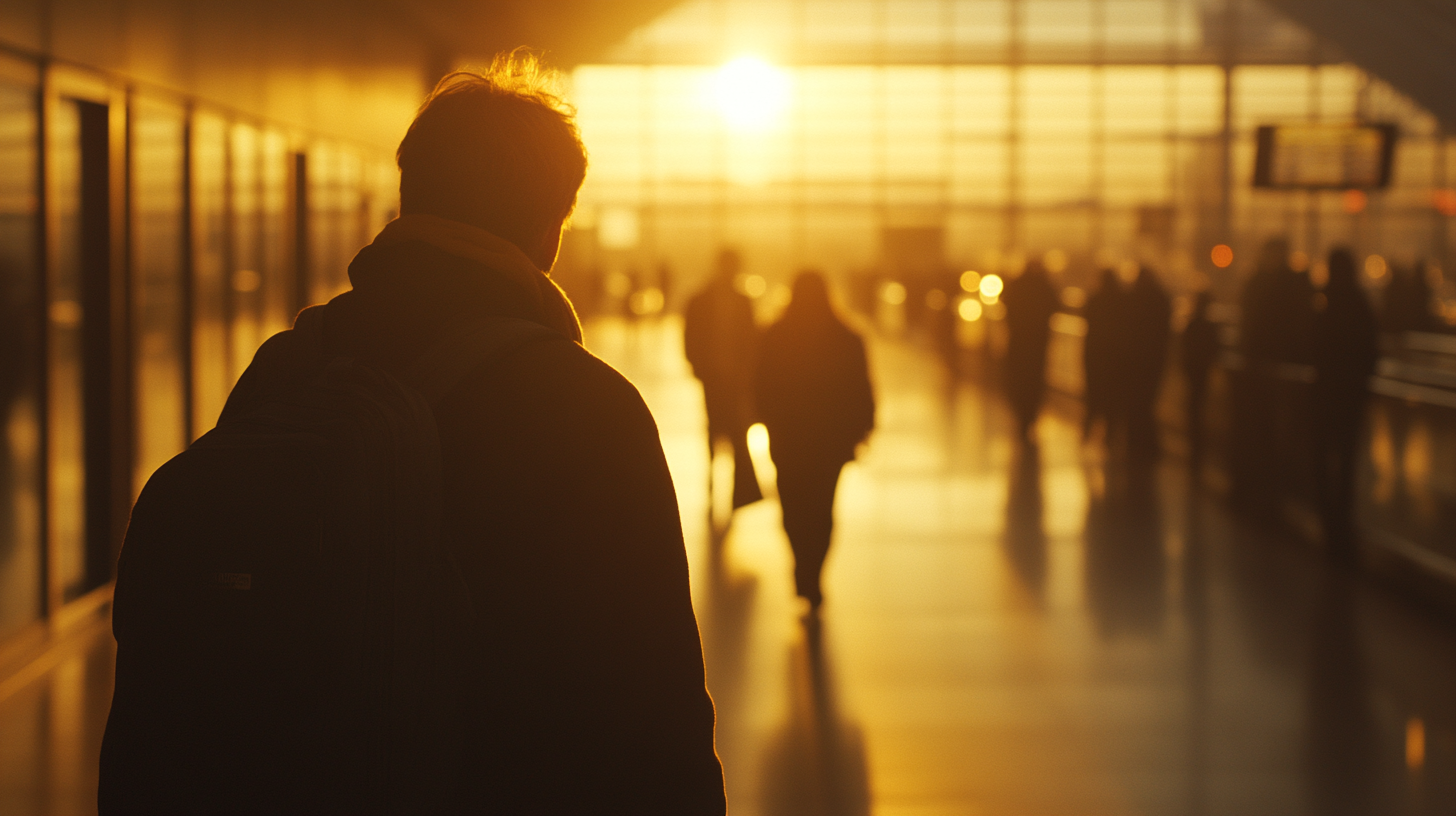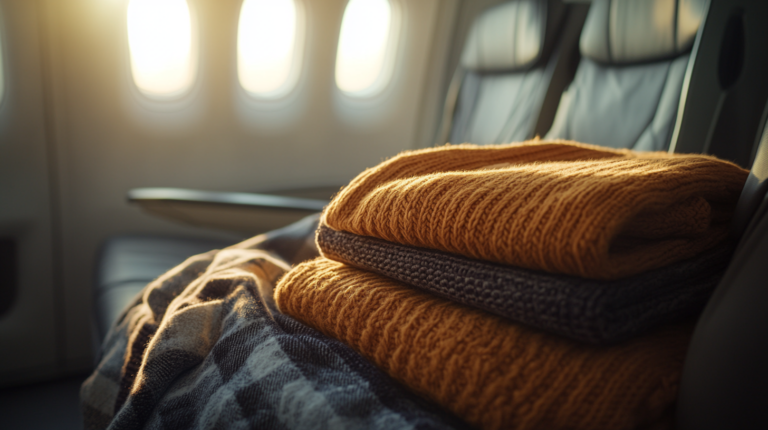Your NYC Airport Guide: Which One Fits Your Flight Style?
Looking for the best airport to fly into new york? I’ve spent countless hours navigating the hustle and bustle of New York City’s three major airports—John F. Kennedy International (JFK), LaGuardia (LGA), and Newark Liberty International (EWR). Each one has presented its share of joys, frustrations, and memorable moments, from international check-in marathons to speedy domestic hops that barely give me time to grab a cup of coffee. But no matter how often I fly, the Big Apple’s gateways continue to offer fresh adventures and challenges.
In my experience, picking the right airport is all about ease of access, flight schedules, and those extra perks that make a long travel day feel slightly more manageable. Below, I’ll break down what makes each airport tick, drawing from my own journeys, industry data, and those heart-pounding final calls at the boarding gate. Buckle up for a closer look at these key NYC airports—and how they fit into your flight style.
1. John F. Kennedy International Airport (JFK)
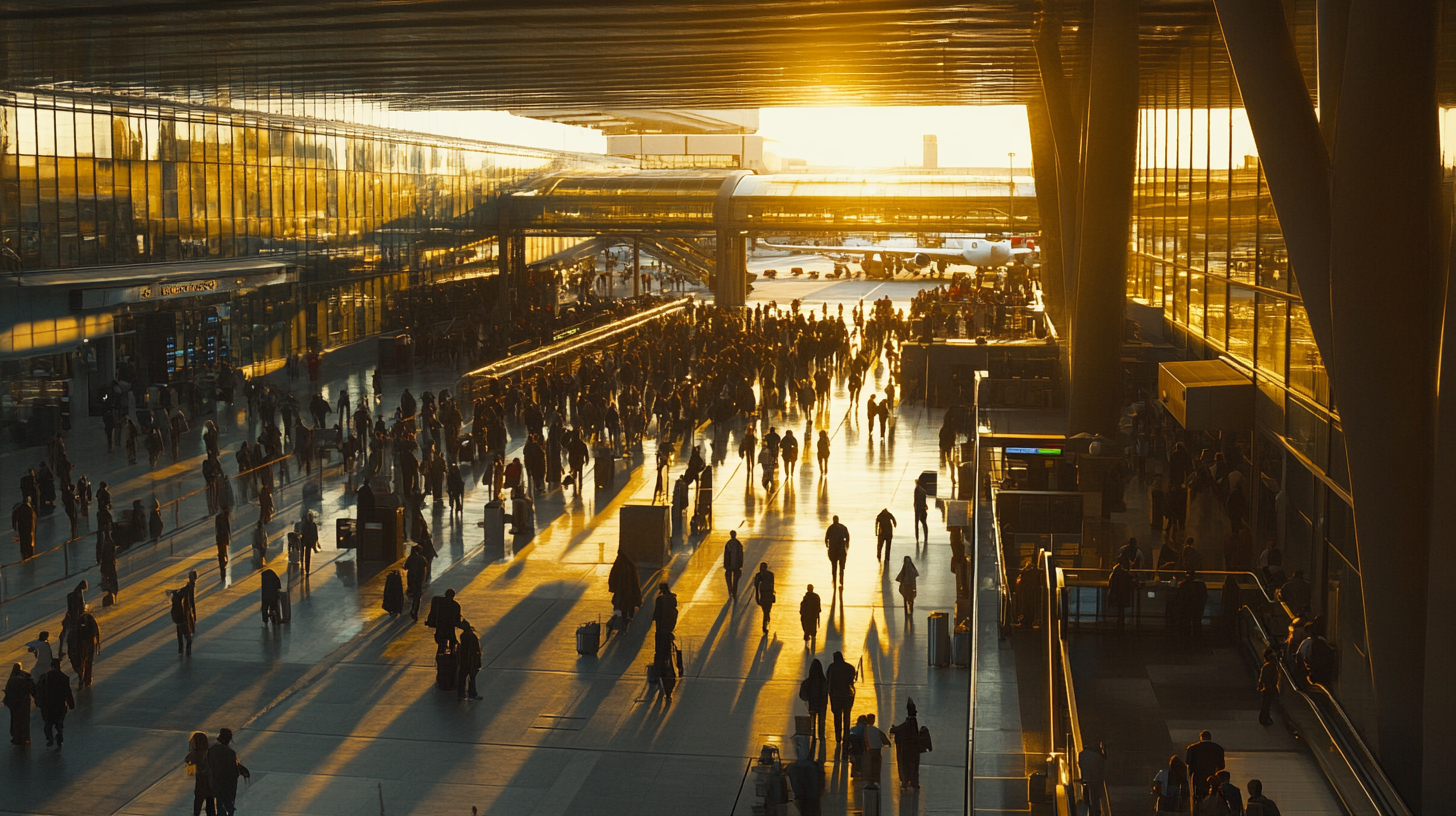
JFK is the largest international airport in New York and a go-to for flights spanning the globe. I’ve wandered through its expansive terminals countless times, marveling at the sheer variety of airlines and shops. Whether you’re grabbing a bite at the iconic TWA Hotel or relaxing in one of the lounges, there’s a buzz here that screams “gateway to the world.” According to the Port Authority of New York and New Jersey, JFK handled over 62 million passengers last year, and that number has been climbing steadily. It’s also undergoing a massive $19B redevelopment aimed at unifying its terminals and speeding up passenger flow—a move that’s critical if you want to avoid those long lines and traffic snarls.
In my own travels, the AirTrain has been a reliable yet sometimes crowded way to get from JFK into Manhattan. Still, the ride is straightforward, and I appreciate how frequent the train runs, especially after a late-night touchdown. If you’re considering JFK, it’s wise to build in extra cushion for ground travel so you’re not sweating bullets in a traffic jam on the Van Wyck Expressway. A little planning goes a long way, especially if you want to hit the city running and not waste precious minutes stuck behind a never-ending line of taxis.
2. LaGuardia Airport (LGA)
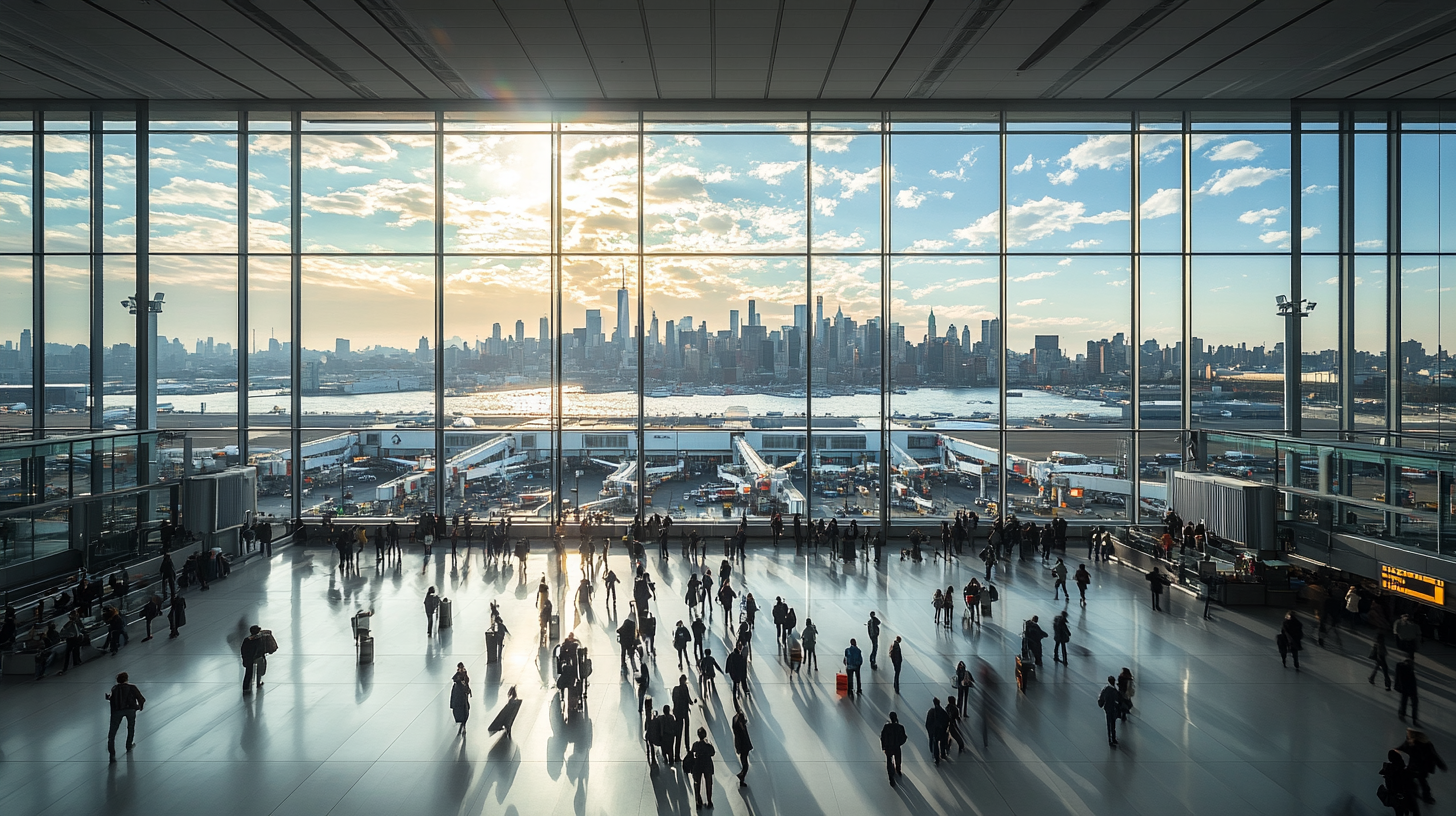
LaGuardia has the closest proximity to Midtown Manhattan, and after the recent $8B renovation, it feels like a new player on the domestic flight scene. I remember the pre-renovation days of cramped terminals and outdated facilities—what a change it’s been! These days, you can stroll through gleaming concourses filled with modern art and well-placed charging stations. The new Terminal B consistently wins praise for its open layout, and in my opinion, the transformation was well worth the wait.
On the flip side, LGA still lacks a direct subway link, which can complicate your arrival or departure strategy. I’ve found that rideshare or shuttle buses are often the best bet, although during peak hours, it can feel like a race against time to make your flight. According to the Federal Aviation Administration (FAA), LaGuardia maintains relatively decent on-time performance for short-haul routes. If you’re all about quick domestic hops and want a (somewhat) faster ride into Manhattan, this is the airport to pick—just be ready for premium pricing on everything from coffee to candy.
3. Newark Liberty International Airport (EWR)
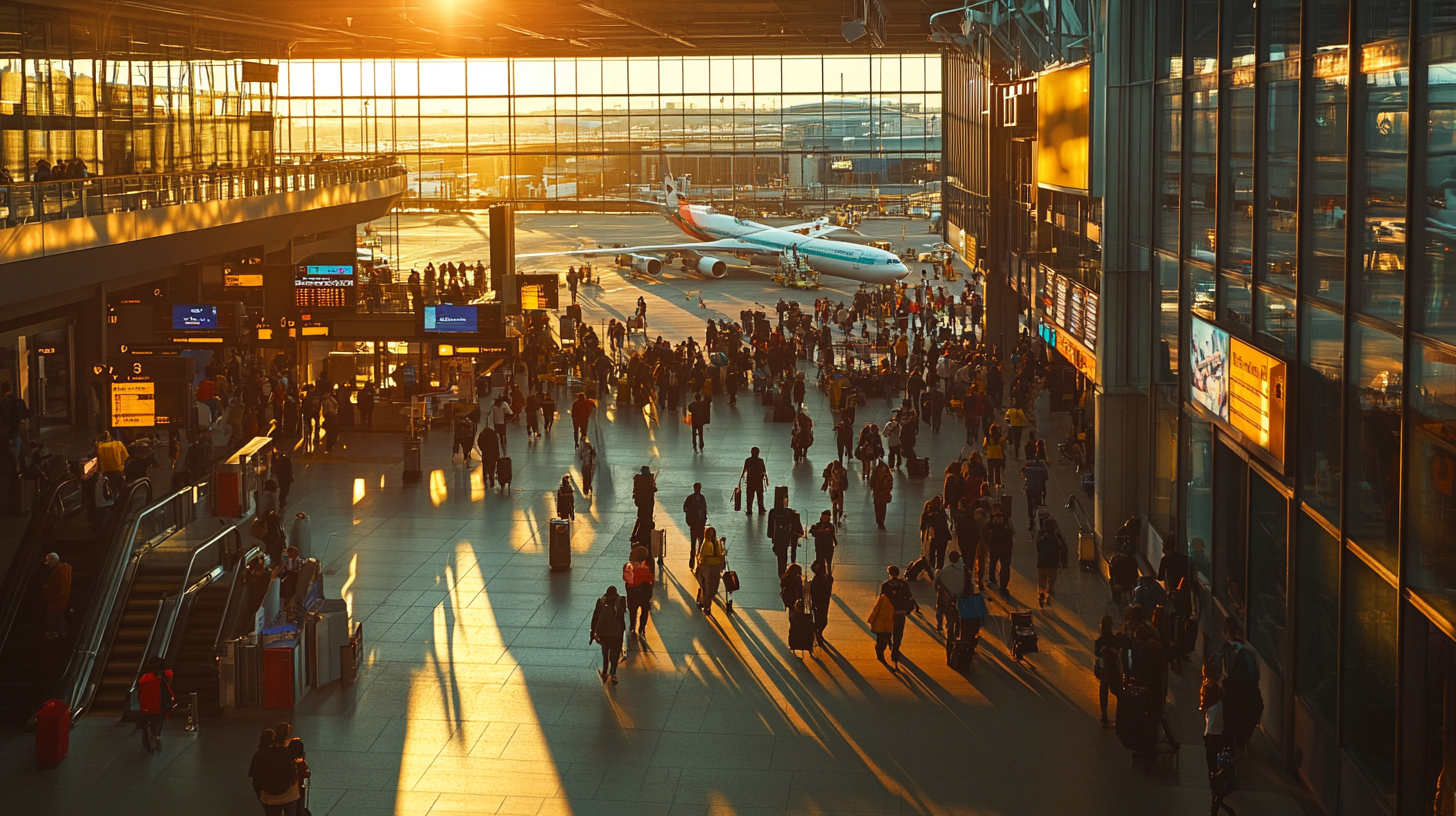
Located across the Hudson in New Jersey, Newark is a major United and Star Alliance hub. I first started using EWR when I needed direct flights out west, and the convenience factor was huge—especially for points beyond Manhattan. The new Terminal A opened to great fanfare, offering expanded gates and improved passenger amenities. Even with the upgrades, however, the airport’s layout can be a puzzle if you’re juggling carry-ons and a tight connection.
What really sets Newark apart is the NJ Transit connection to Penn Station, though I’ll admit I’ve experienced my fair share of confusion navigating train platforms during a rush. A recent study suggests that travelers who familiarize themselves with the timetable ahead of their journey tend to have smoother connections. Newark’s sometimes-lower fares can be enticing, but traffic near the airport, coupled with weather-related disruptions, can lead to unexpected delays. Be sure to keep an eye on your flight status and consider signing up for airline text alerts if you value real-time updates.
Bottom Line

Ultimately, deciding among JFK, LGA, or EWR comes down to your priorities—ease of commute, flight selection, or snagging a premium lounge for an international trek. JFK excels for global connections and has a wide array of carriers, LaGuardia specializes in swift domestic hops and convenience to Midtown, and Newark can be a lifesaver if you’re a frequent United flyer or heading to destinations west of the city. I recommend plotting out your ground transportation in advance, especially if you’re traveling during peak hours. Knowing a few insider hacks—like the quieter AirTrain entrances at JFK or the fastest ways to switch from NJ Transit to the PATH—can reduce stress and help you enjoy the ride.
Final Thoughts
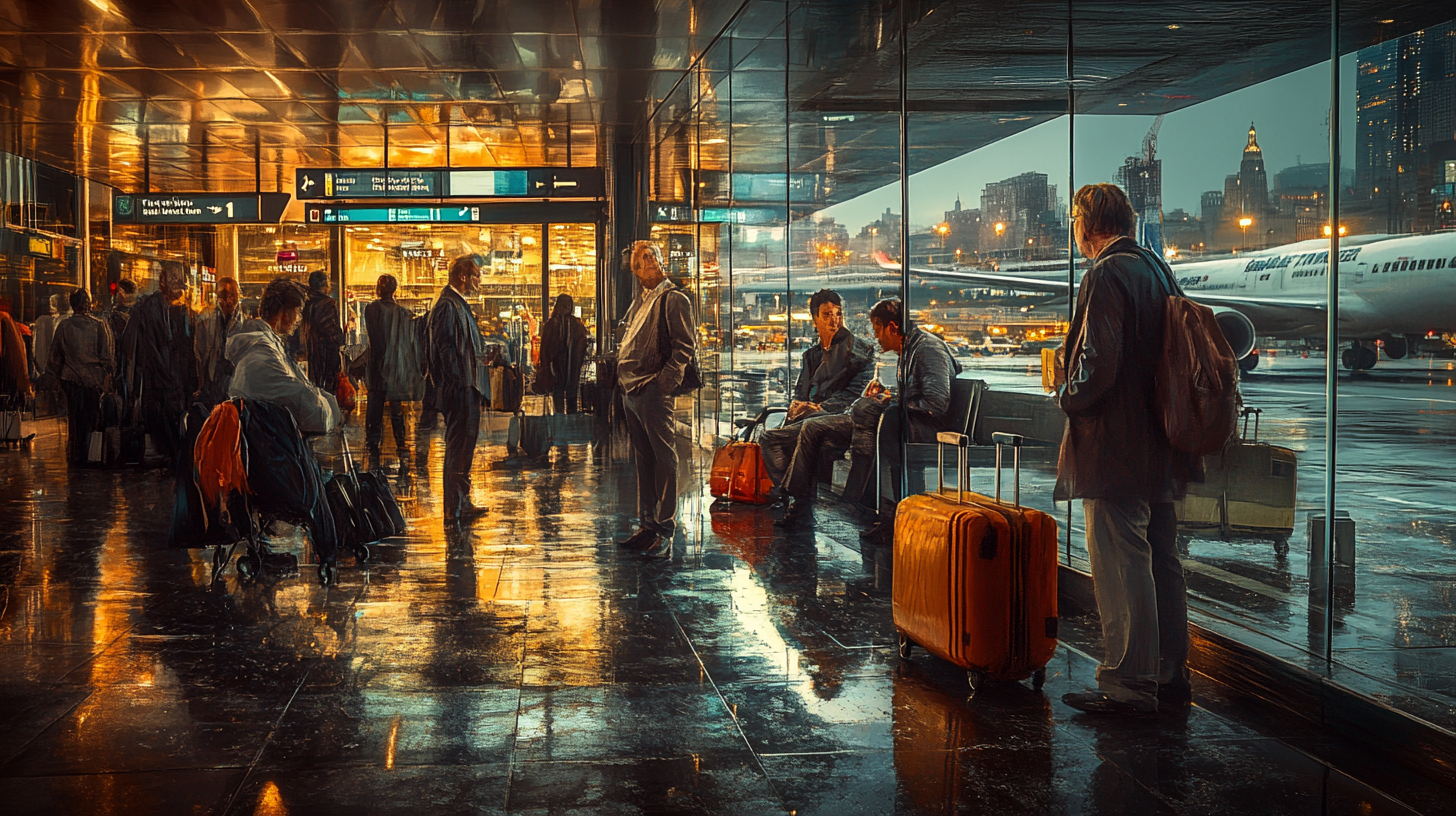
Each airport, no matter how shiny or busy, has its quirks. JFK’s size can be both a blessing and a curse, as it offers near-endless routes but demands extra commute times. LaGuardia is a joy for quick domestic flights, but you’ll have to budget a little more brain space (and cash) for ground transport. Newark’s travel flow might take some practice, yet its competitive fares and seamless connections for certain routes can be a boon for frequent flyers.
Whether you’re a business traveler racing against the clock or a leisure flyer exploring NYC for the first time, it pays to research your departure and arrival points. In fact, you might find that trying all three airports over multiple trips gives you a better sense of how to manage your time—and your frequent flyer miles.
Barry B.’s Take
I’ve learned that comfort and accessibility trump any fancy facility renovations when you’re catching a redeye flight. At the end of the day, I measure success by how quickly I can get back to my favorite Midtown pizza joint—or how effortlessly I can hop on a connecting flight. My advice? Always leave room in your schedule for the unexpected, especially if your itinerary involves crossing a bridge or tunnel during rush hour.
Remember, each airport has its bright sides and blind spots. Awareness really does bring you one step closer to a smooth trip. The more you know about each terminal layout, lounge location, and transport option, the better prepared you’ll be to handle whatever travel curveballs fly your way.
Stop by milesBUZZ for the latest flight tricks and travel news!

